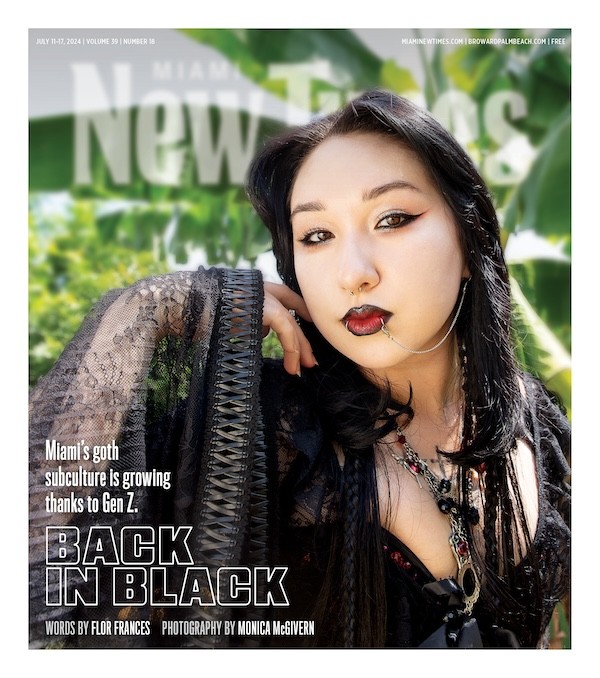When it comes to culinary trends, this was the year of the osteria. And none did it — or continues to do it — better than Osteria Morini. Located at the Kimpton Hotel Palomar and overlooking the Collins Canal, Morini features corporate executive chef Bill Dorrler's andchef de cuisine Julio Cesar Ramos'dishes, which stem from the Emilia-Romagna region of northern Italy. Whether you're going rustic withprosciutto and mortadella meatballs, savoring a reinvented pasta course with ricotta gnocchetti, black kale pesto, tomato conserva, and smoked ricotta salata, or indulging in ultimate sophistication with a pistachio-crusted, dry-aged duck breast with fennel, citrus celery root purée, the big flavors of Morini will stay with you — and bring you back again and again.
Best Japanese Restaurant
Paperfish Sushi Bar
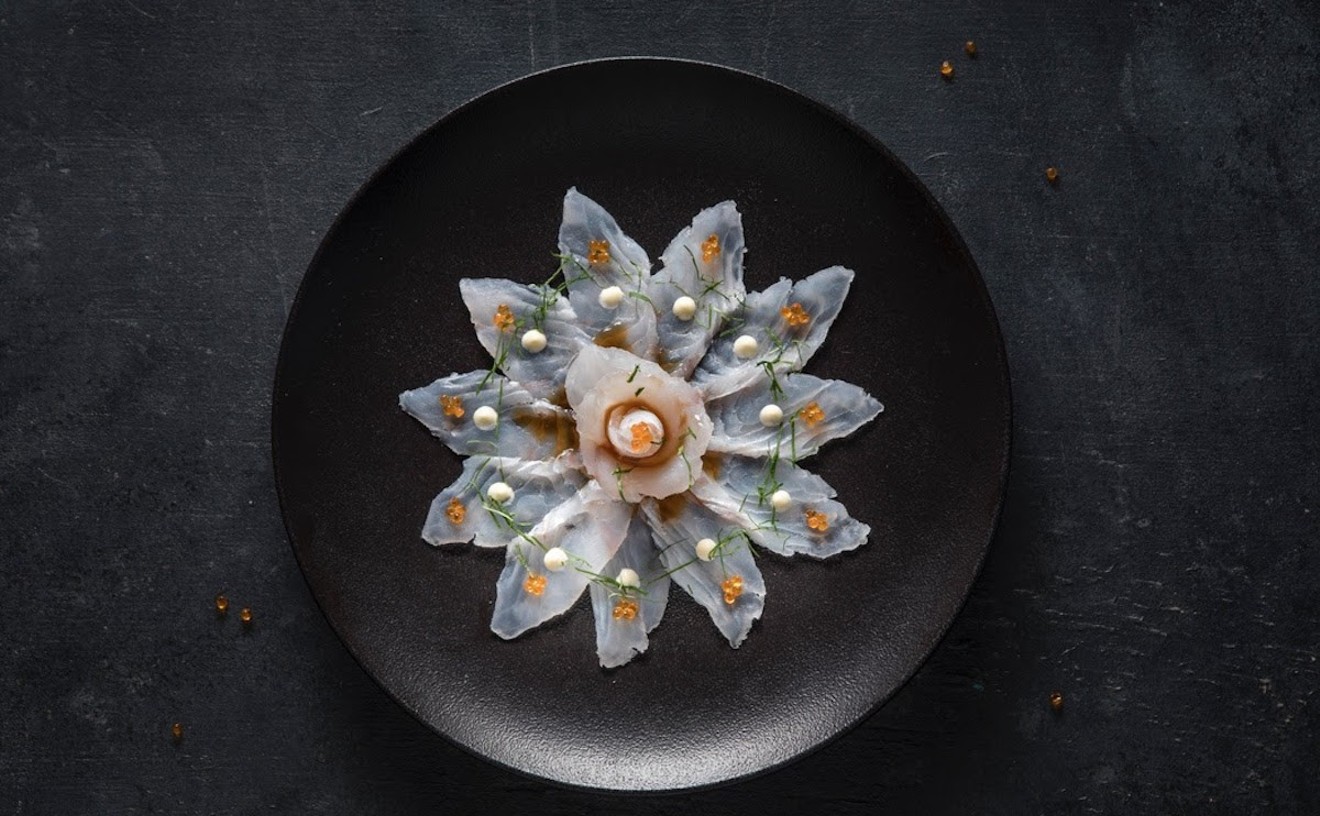
You'll know you're at Paperfish when you see the restaurant's red torii gates between the towering buildings of Brickell and South Miami Avenue. More than simple décor, these structures are said to symbolize the division between the home of the gods and the Earthbound sacred shrines they protect. Paperfish itself is a shrine of sorts to Japanese dining, from the traditional Eastern-style steam-cooked rice to the uber-fresh selection of sushi, sashimi, and nigiri. The Tokyo-inspired izakaya offers one of Miami's most authentic Nikkei experiences, highlighting the interplay of Peruvian flavors with Japanese technique, along with a touch of Florida flair. Think zensai appetizers like Wagyu bao buns accented with wasabi mayo, ebi krab salad, and chives; raw bar items such as the Nikkei ceviche, which pairs fresh tuna with crispy quinoa, watermelon, and a shoyu marinade; or tokusen entrees like the pulpo robata, which marries tender octopus and mashed edamame.
- 1421 S. Miami Ave., Miami, 33131 Map
- 305-741-0936
- paperfishsushi.com
Best Sushi
Uchi

Chef/owner Tyson Cole opened the original Uchi — the name means "home" in Japanese — inside a refurbished bungalow in Austin, Texas. His goal was to create the "perfect bite" with every dish via an upscale, albeit non-traditional, approach to Japanese cuisine. At his eight-month-old Miami location, the mission remains the same. It's best demonstrated with the popular hama chili: raw yellowtail snapper, Thai chili, orange supreme wedges, ponzu, and olive oil; a single bite marries spicy, sweet and savory all at once. If you've come for the sushi, however, you're in luck. Much of the menu is dedicated to makimono (sliced sushi rolls), sushi and sashimi, and Toyosu selections — an extensive list of fresh fish flown directly from the Tokyo market of the same name. With a single sliver of kamasu (red barracuda), ebodai (butterfish), kisu (Japanese whiting), or kurodai (black bream), Cole manages to carry you off to the streets of Japan, proving that good sushi can — and should — be an exploratory experience. If you're looking to experiment further, try one of three different omakase options, a choice of six- or ten-course chef's tasting menus, or a vegan version of the same.
- 252 NW 25th St., Miami, 33127 Map
- 305-995-0915
- uchimiami.com
Best Omakase
Nossa Omakase
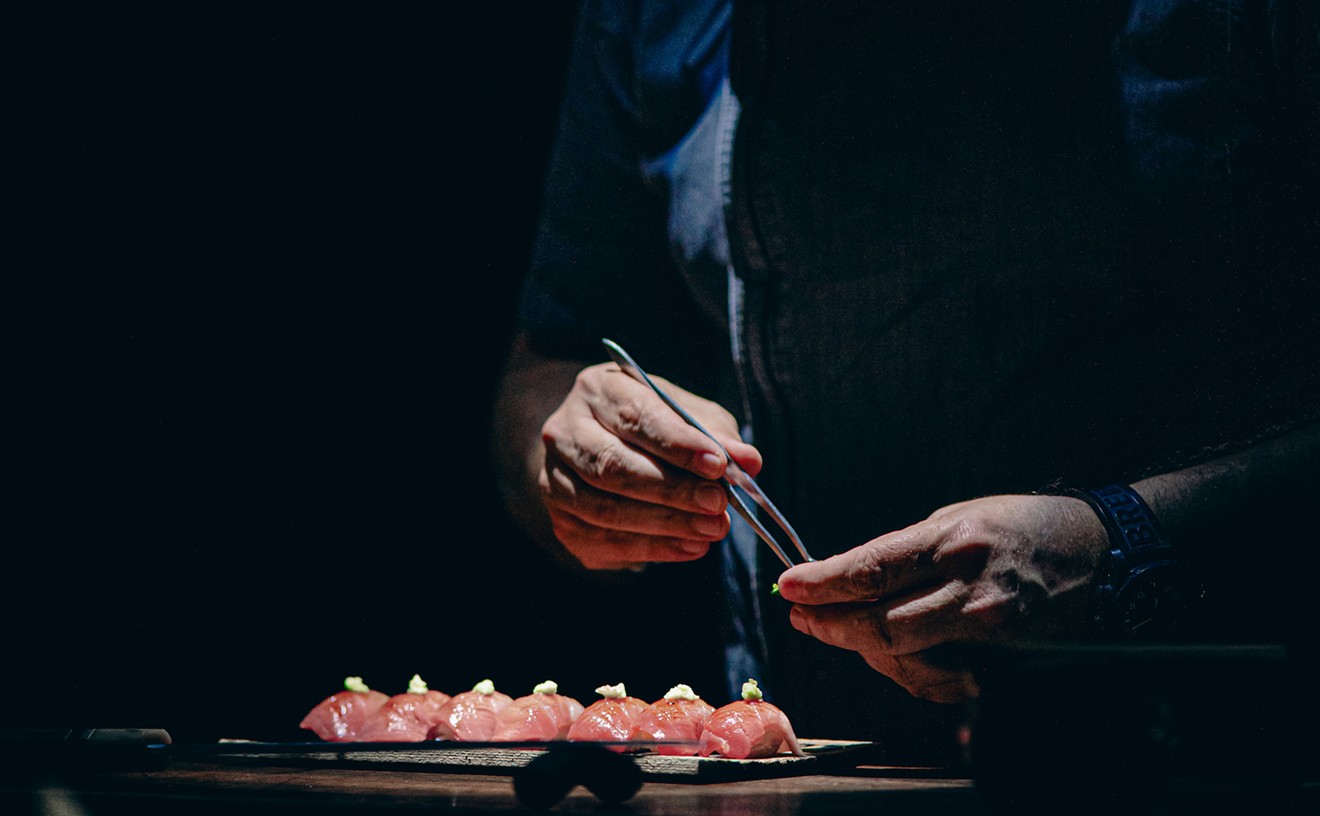
You know you've reached verifiable foodie status when the notion of leaving your $250 multi-course dinner menu in the hands of a complete stranger sounds like money well spent. Bonus if that dinner comes with a speakeasy twist. That's exactly what you'll get at Miami Beach newcomer Nossa Omakase. Discreetly located behind Koa Poke, Nossa has been thrilling diners with its reservation-only 16- to 18-course experience. Once your seating is booked, you'll receive instructions on how to access your clandestine destination, a speakeasy-themed den with only 14 seats. Inside, Japanese-Brazilian executive chef Max Kamakura will lead your multi-course journey. Kamakura is a classically trained, third-generation sushi chef, and his version of omakase touches on traditional elements while hinting at his Brazilian background and extensive travels. At the posh circular sushi bar where Kamakura holds the spotlight, every seat is the best in the house. Expect lots of smoke, some fire, and a tableside show as plates are finished before your eyes with such lavish ingredients as freshly shaved truffles, caviar, and edible gold. Menu highlights include smoking lobster sashimi, uni and black truffle-topped crispy rice, A5 Wagyu nigiri, and chutoro nigiri topped with caviar. Nossa recently debuted a monthly Wagyu and Whiskey Night, an indulgent 13-course meal highlighting the best of Miyazaki prefecture Wagyu alongside prime beef cuts aged in-house.
- 1600 Collins Ave., Miami Beach, 33139 Map
- 305-539-9711
- www.nossaomakase.com
Best Mediterranean Restaurant
Tur Kitchen
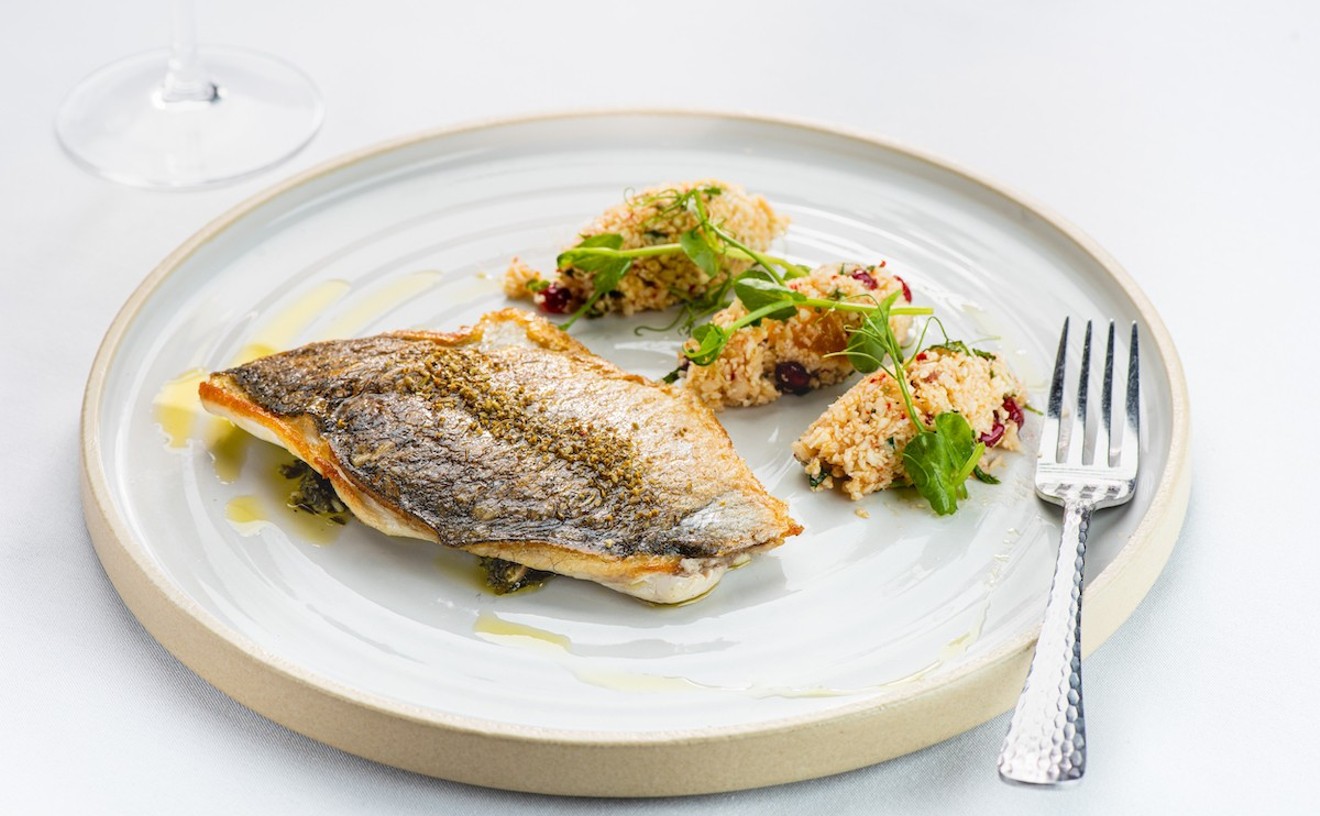
When Luis and Evelyn Villanueva decided to open a Mediterranean restaurant, they envisioned a casual place that could potentially grow into multiple locations. But just before opening Tur (stylized TUR) Kitchen in late 2020, they changed course, bringing a fine-dining concept with a plethora of Med-kissed cuisine to Coral Gables. Chef Nelson Fernandez — the man behind much of today's menu — died earlier this year, but his passion lives on through the dishes at Tur, named for the wild goat of the Caucasus. Executive chef Christian Chirino's team continues where Fernandez left off, creating a flurry of dishes that take diners on a gastronomic journey along the coasts of Spain, France, Italy, and Greece to Morocco, Turkey, Israel, and the Middle East. Ingredients are painstakingly sourced to emulate the most authentic flavors: Cauliflower arrives from Syria, prawns are sourced in Italy, and even chickpeas come from Egypt. Twice a week, the restaurant receives fresh turbot from the waters off the coast of Spain that's then roasted whole. The menu abounds with region-specific recipes: The Wagyu tartare is a French tradition, while "Chicken Moruno," served with an airy, vanilla-infused celery root purée, is a popular Moroccan-style dish, and the braised leg of lamb is cooked the way you'd find it in the Middle East. From Turkey comes a list of pides — canoe-shaped flatbreads stuffed with ingredients such as braised lamb, cremini mushrooms, goat cheese, and curry oil.
- 259 Giralda Ave., Coral Gables, 33134 Map
- 786-483-8014
- turkitchen.com
Best Mexican Restaurant
La Santa Taqueria
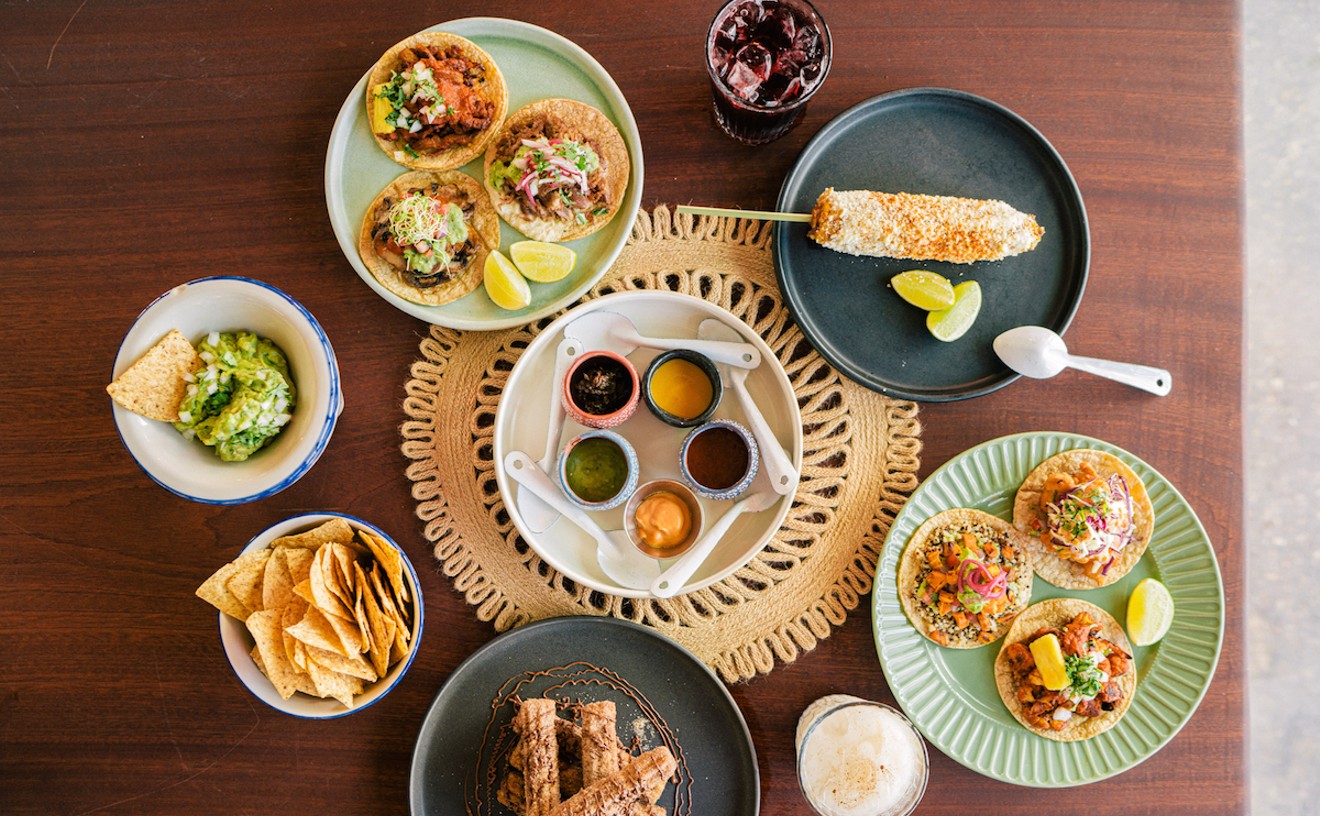
Born as a food truck in 2017 and quietly reimagined as a brick-and-mortar restaurant during peak lockdown days, La Santa Taqueria has emerged as a surging hotspot for those seeking authentic tacos. Chef Omar Montero's meat options — whether familiar al pastor or less well-known triple-decker campechano — are uniformly stellar. But so are his more interesting seafood and vegetarian options, like the softshell crab, the wild mushroom, and the sweet potato. At prime time, there's frequently live music, and it's almost always hard to get a table. That's because in addition to great street eats, there's usually a drink special going on here, from $40 Tulum beer buckets on Sundays from noon to 4 p.m. to "Besito a Besito" Fridays, when you can order margaritas or palomas for $6 each from 4 to 7 p.m.
- 201 NE 82nd St., Miami, 33138 Map
- 305-906-1549
- www.lasantataqueria.com/
Best Peruvian Restaurant
Inti.Mo
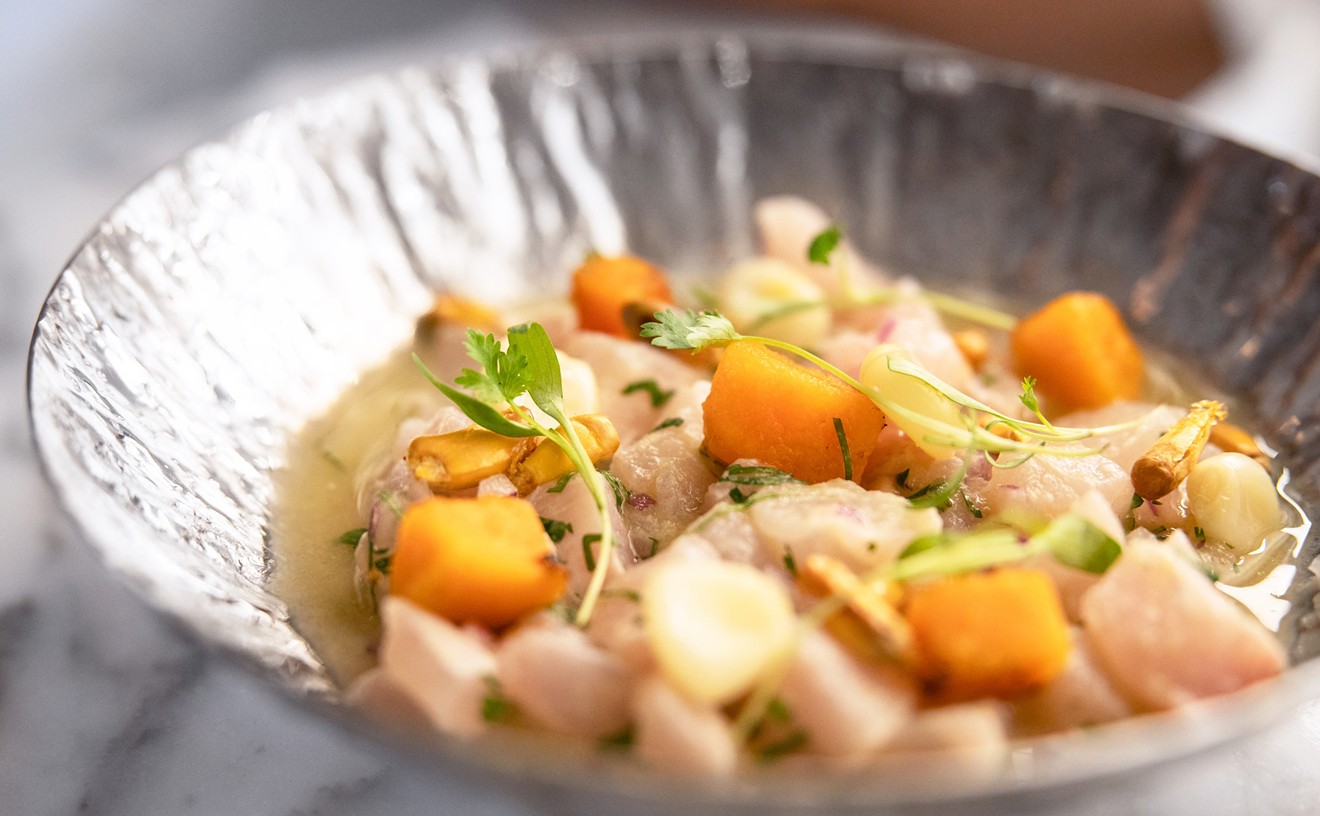
Juan Chipoco's stylish outpost in Miami Beach's South of Fifth neighborhood blends Peruvian and Japanese cuisine into dishes that are packed with color, texture, and flavor. Eclectic iterations of ceviche and tiraditos (fine slices of fresh fish bathed in leche de tigre and other reductions) are a good place to start, and the list of nigiri and rolls offers something for everyone. Some entrées to seek out on your visit: the duck rice steamed in black beer, and the filet mignon, which is covered in an exotic blend of coffee, cardamom, and star anise. The ambiance is as eye-catching as the food, with textured gray walls dressed up with koi fish designs, gold leaf, and shelves lined with books, family portraits, and antiques from Chipoco's home.
- 840 First St., Miami Beach, 33139 Map
- 305-964-8006
- inti-mo.com
Best Laotian Restaurant
Lil' Laos

Miami locals Sakhone Sayarath and her partner in business and life, Curtis Rhodes, launched Lil’ Laos as a pop-up at Midtown Garden Center in 2016 to satisfy Sayarath's craving for a taste of home. Following several subsequent pop-ups amid the pandemic last year, they found a permanent space in the Citadel food hall in Little River and expanded to full-time. Laotian cuisine shares many culinary similarities with Thailand, its neighbor to the west, but dishes at Lil’ Laos are channeled through Sayarath’s memory of her Laotian mother’s home cooking, then articulated by Rhodes’ hands in the kitchen and onto the plate. All so we may partake of brightly flavored gems like the lemongrass chicken (ping gai), dark meat chunks kissed with a coconut-curry sauce and served with sticky rice and a transcendent side of sweet and spicy papaya salad, transcendent in its own right thanks to the umami-rich, fish sauce-based dressing. And “Crispy Rice” (nam tod khao), a ball of marinated rice that’s deep-fried until golden, then crumbled and mixed with fresh herbs and topped with cubes of Spam-like Lao sausage. And beef jerky — one of Sayaranth’s favorite snacks — marinated overnight and deep-fried the way her father used to prepare it. Try the pork ribs and the chicken wings and you’ll never think the same way about barbecue again. Lil' Laos may well be the only restaurant in all of South Florida that specializes in authentic Laotian dishes. If that places it in a category of its own, so be it.
Editor’s note: Owing to a misunderstanding regarding supposed limitations on “Best of Miami” categories, this item was originally tailored to run as “Best Thai Restaurant” — a category in which it clearly does not belong. In order to right that wrong, the headline has been changed and the blurb rewritten.
- 8300 NE Second Ave., Miami, 33138 Map
- lillaos.com
Best Vietnamese Restaurant
Miss Saigon Bistro

For nearly a quarter of a century, Miss Saigon has supplied Coral Gables with delicious Vietnamese cuisine. The extensive menu offers a half-dozen varieties of pho and ten versions of the rice noodle bowl known as bun. Vegans will have to make some decisions, too — though you can't go wrong with the unique and exquisite seitan watercress. Entrées range in price from $11 to $22, but bargain seekers should stop by for the weekday "Luncheon Special": an entrée, plus rice and a soup or salad for about $10.
- 148 Giralda Ave., Coral Gables, 33134 Map
- 305-446-8006
- misssaigonbistro.com
Best Wine Bar
Margot Natural Wine Bar & Aperitivo Bar
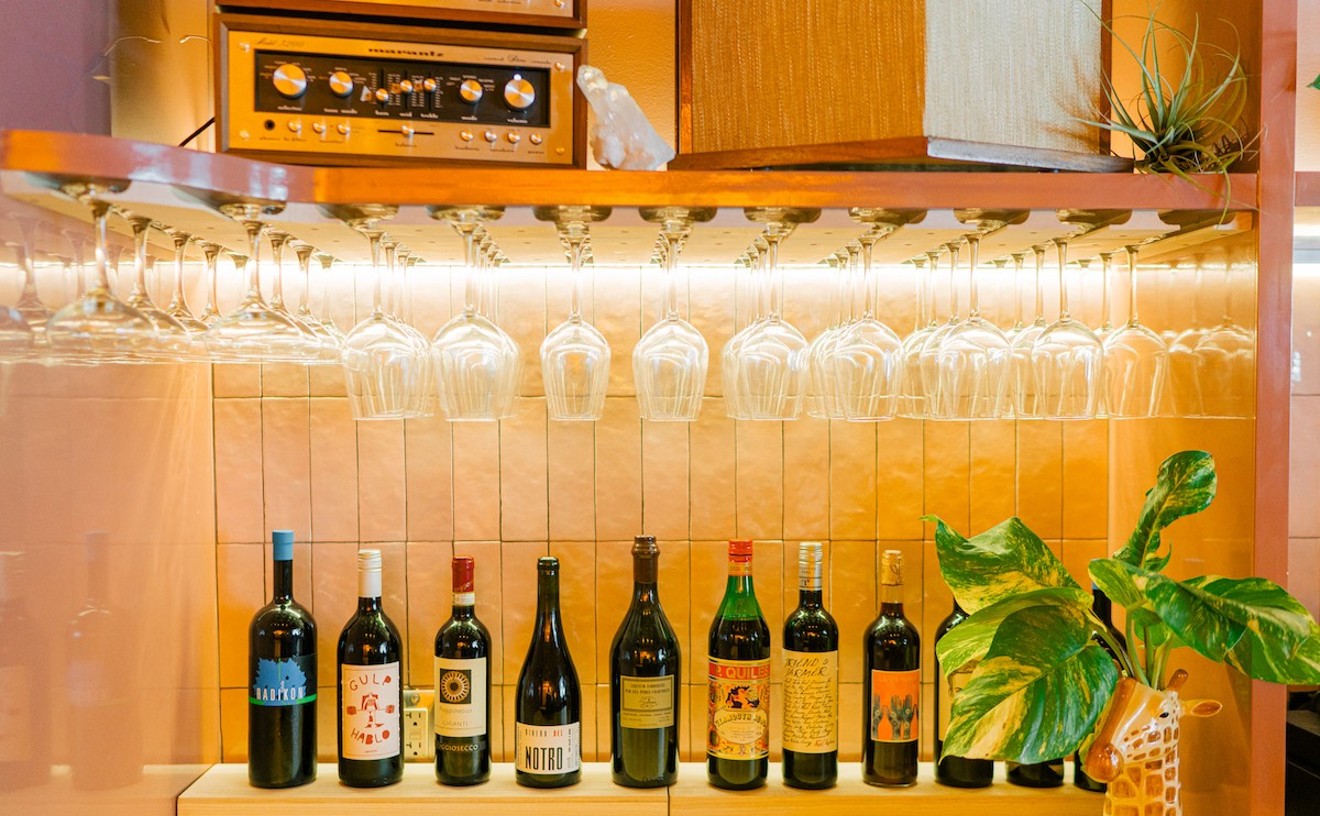
If you fawn over small-batch French red wine, have a preference for naturally bubbly pét-nat, or salivate over Slavic white wines, then Margot Natural Wine Bar is for you. BarLab founders Gabe Orta and Elad Zvi have had a love affair with natural wine for years but were hard-pressed to find the labels they loved in Miami. Inspired by wine bars they'd visited across Europe offering innovative, biodynamic vino, they created a concept that put the focus on unique, niche-style wine makers thinking outside the box. Following a successful summer pop-up at Nikki Beach, Margot — named for Ernest Hemingway's granddaughter — now has a permanent home inside downtown's historical Ingraham Building. Set in an airy, high-ceilinged space, Margot has one of the city's most extensive natural wine lists, which will change with exclusive, special-edition releases. The menu comprises more than 80 options — think orange-hued skin contact white wines and Sicilian reds with natural fizz — with a small selection available by the glass. A $30 wine flight takes the guesswork out of ordering, presenting a daily-changing selection of three wines sourced from the world's wine-making regions. Pair them with Margot's seasonal small plates prepared tapas-style by 27 Restaurant chef Jimmy Lebron.
- 25 SE Second Ave., Miami, 33131 Map
- margotnaturalwinebar.com




